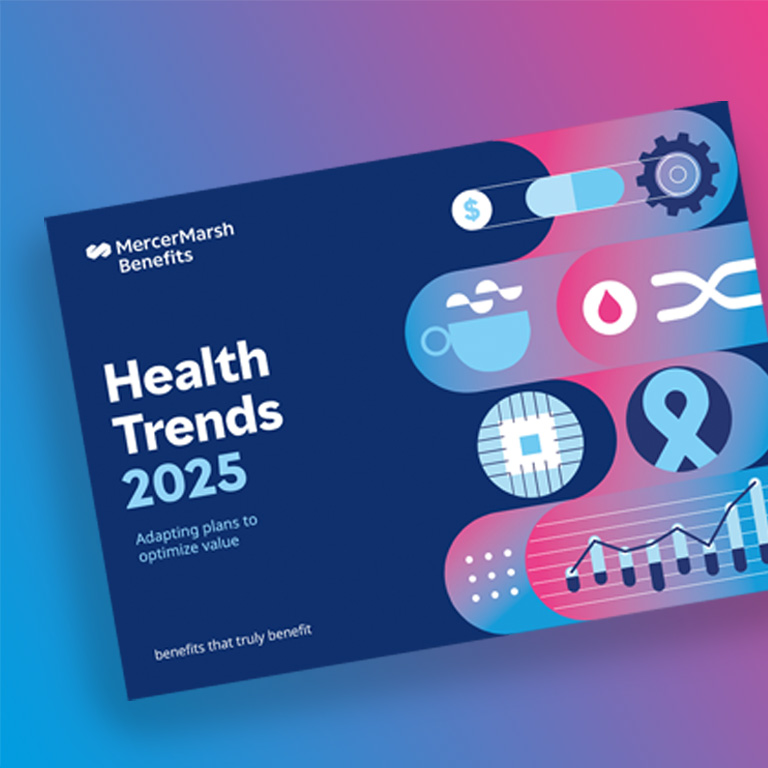
Stephanie Brunermer
-
United States
The COVID-19 pandemic has shown employers that the success of a business is dependent on the health and wellbeing of its workforce, with benefits programs gaining more attention from the C-suite. While this renewed emphasis is good news for employees, HR and benefits teams need to be laser-focused to ensure plans deliver the right value for money and support wider business objectives.
Nearly half (48%) of insurers report that public healthcare systems access has gotten worse since the pandemic. This could signal to employers that more employees will look to them to fill the gaps in healthcare systems around the world. Employers should be prepared for more complex financing and plan-design decisions. It’s important that businesses not only monitor these changes but also consider “pushing their insurers” to adopt more comprehensive and progressive approaches, such as steering individuals toward higher-quality care.
Closing these gaps may come with cost impacts and understanding claims cost drivers will be critical for containing costs over the long term. Our research indicates that medical cost increases are attributable not just to medical inflation but also to utilization changes (for example, more claims) and changes in treatment mix (for example, advancements in healthcare technology.)
Despite these trends, insurers are reluctant to make changes to standard plan designs across their books of business. Employers need to take an active role in pushing insurers to consider addressing gaps created by government changes, and in doing so, also monitor plan experience, including high-cost claims, to limit the chances for surprises at budgeting time. By targeting a plan’s cost drivers, addressing gaps, and implementing policies to support prevention and condition management, employers can help mitigate claims risk over the long term.
By addressing gaps another area of focus for employers should be ensuring benefits are equitable. Inflation and the cost-of-living crisis have placed pressure on the cost of benefits programs for both employers and employees. Design elements, such as expense sub-limits and annual/lifetime maximums, can unintentionally shift costs onto employees, making care unaffordable. Employers should consistently review cost-sharing areas to ensure help is offered to employees who need it most.
Employers face a difficult environment, with competing needs pushing the boundaries of typical practice for benefits. Employers need to balance economics and empathy when reviewing plan design, keeping in mind the hardships many employees experience in the face of inflation. On the other hand, employers should acknowledge that many economies are not yet out of the woods when it comes to a possible recession.
Benefits professionals can remain focused by actively managing their plans, planning for the long-term changes needed and bringing all stakeholders into the process. These actions could be critical to your success.

United States


Article
10/13/2024